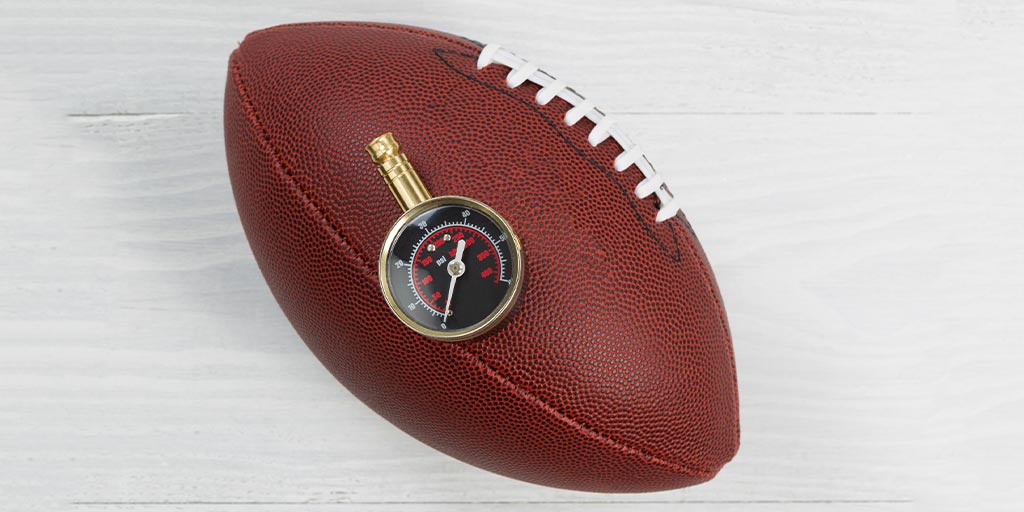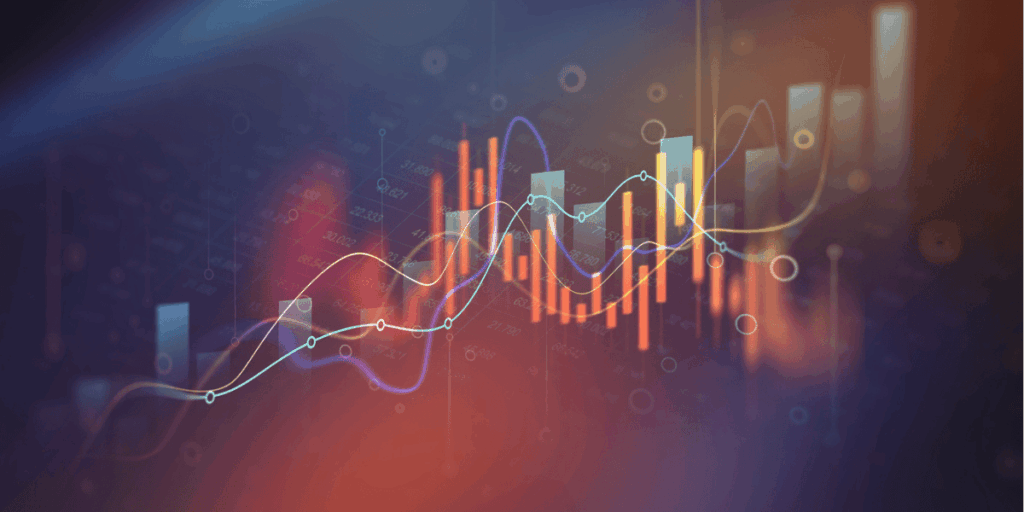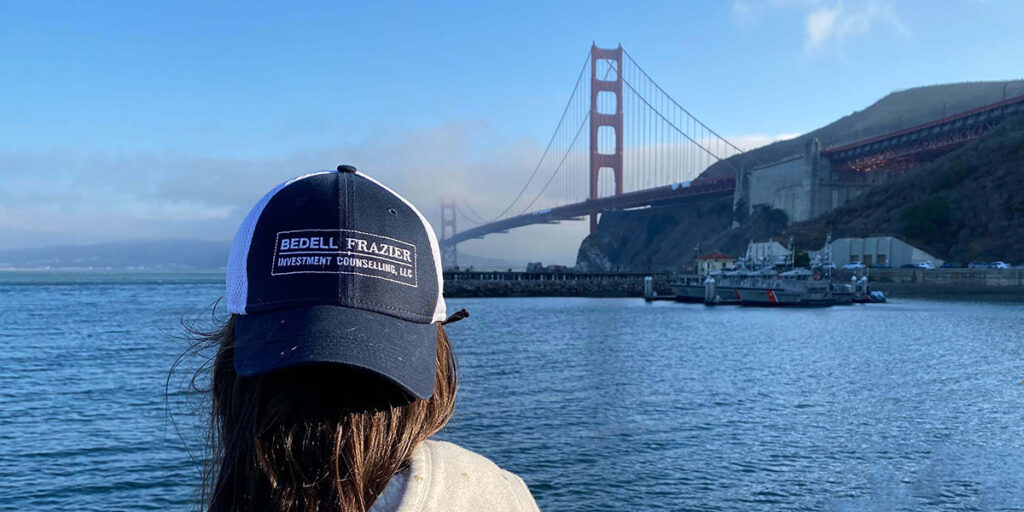An already skittish Market due to inflationary pressures got a jolt midday Friday with word that a Russian invasion of Ukraine could be imminent. This has been a growing threat for weeks. The price of Oil jumped nearly 5% on the news, making it a 40% increase in this young year. Russia is a large producer and exporter of Oil & Gas and uses it as leverage. Russia and Ukraine are large Wheat, Potash (key fertilizer input) and Nickel exporters too. That means higher prices when prices are already high. But neither Russia nor Ukraine are large economic powers on the global stage. It’s the geopolitical risk that is the greatest here. But it’s often the fear of the unknown that has the tightest grip.
Presidents Biden and Putin are expected to talk Saturday. Biden has European backing. NATO seems to be in alignment against Moscow. The new German Prime Minister was at the White House this week. French President Macron met with Putin earlier in the week. That meeting seemed ineffectual. The goal was diplomacy. Russia doesn’t seem interested in diplomacy. Despite a growing relationship with Xi Jinping, a Russian invasion of Ukraine during the Olympics would likely anger China. There is urgency. It’s far from clear if anything is imminent. This is certainly a tense environment.
The Market has ignored geopolitical risks for a while. It’s paying attention now. Energy and Utilities led this week, actually closing in the green heading into the weekend. Gold did well too. Tech was hurt the most. Stocks spiraled lower on Thursday after the Consumer Price Index (CPI) came in higher than expected for January. It keeps hitting highs for this cycle, reaching levels not seen in 4 decades. The Niners won their first Super Bowl, beating the Bengals, the last time CPI was at 7.5%. That was 1982. The rising inflation reflects supply constraints both in goods and labor, but it’s also driven by super strong consumer demand. The average American household is spending an additional $276 a month compared to last year. Inflation is like a phantom tax.
Yields jumped and stocks fell as the Fed might have to be more aggressive with its anticipated rate hikes. The Market is now pricing in seven ¼ point interest rate hikes this year. There is now a 70% probability the Fed will raise short-term rates from zero to at least 1.75% by the end of the year. That is up from the 22% probability just Wednesday and 1% a month ago. It’s happened so fast. That type of recalibration causes great friction towards asset prices. Stocks have sold-off again. The yield curve keeps flattening. It has been rising swiftly on the front-end while staying fairly grounded on the back-end. The 10-Year yield hit 2% yesterday for the first time in 3 years. The 2-Year yield cleared 1.5%. The spread between 2s and 10s is getting uncomfortably low, now at 0.4%. The Fed controls the front-end. The Market controls the back-end. The Bond Market keeps telling the Fed to be careful. Just 2 rate hikes would invert the yield curve at this point. Remember what James Carville said: The Bond Market can intimidate anyone. He’s so right. We pay close attention to the Bond Market.
While the Market focuses on the Fed and Ukraine, the US Economy keeps chugging along. There are serious signs of economic expansion ahead. The Walt Disney company always provides some insight into America’s behavior and activity. The company turned in its Q4 report card this week. It was a good one. Its Disney+ platform added more subscribers than expected. That’s a really good thing. Even better, Disney posted record-high revenue at its theme parks. Revenue doubled from the prior year and has already exceeded the pre-pandemic levels. This is just incredible really. Visitors flocked to its attractions across America, as well as Europe and Asia. Importantly, this period included Omicron slowdowns. It was strongest at home. Attendance trends were up double digits at Disneyland and Walt Disney World. Visitor spending was up 40% from a year ago. More Dollars were spent on food, beverages and merchandise. Spring and Summer are set up to see record travel and spending if the reopening of America moves away from Omicron. That is quite encouraging and speaks to the pent-up demand to get out and about.
Super Bowl weekend is upon us. In addition to the Bengals and the Rams, inflation will show up Sunday too. NBC announced it raked in $7 Million for a 30-second commercial. This is double the rate from a decade ago. In case you were wondering; A 30-second commercial cost $42,000 at the very first Super Bowl, held in 1967. It was also held in Los Angeles. Ticket prices for Sunday’s game start at $4,000. The average ticket is around $9K. The average ticket for the first Super Bowl was just $12. It didn’t even sell out. It wasn’t even called the Super Bowl then. The name came in the 3rd championship game in 1969. That was the day Joe Namath guaranteed a Jets win and shocked the world with one of the biggest upsets in NFL history. They beat the highly favored Baltimore Colts. The Jets haven’t been back. The Colts are in Indianapolis now. Ever wonder how the Super Bowl got its name? It was named after those red bouncy super balls. True story.
Inflation will show up at Super Bowl parties too. Food prices have skyrocketed. Over 100 Million pounds of avocados are consumed on Super Bowl Sunday, making it the biggest avocado day of the year. You might not see guacamole in some places though. If you do, it’ll cost you. Avocado prices hit their highest prices on record ahead of this year’s Super Bowl. They’re up 30% from last year, mostly due to supply chain strains and higher trucking costs. The avocado used to be known as the aguacate fruit. That name came from the Spanish Conquistadors in the 17th century. Avocados were believed to have been cultivated by the Aztecs in Latin America since at least 500 B.C. It was also called an “alligator pear,” due to its green, leathery skin. But this posed a big marketing challenge. Large toothed reptiles tend to send a different message. California farmers are said to have decided on the name Avocado in 1915 when commercial development in America began. If you get bored during the game, you can dazzle people with this piece of worthless information, I suppose.
The Super Bowl and the Stock Market have a bit of a relationship. We cover the Super Bowl Indicator every year. As a reminder, it states that if the winning team is from the National Football Conference (NFC), or was in the NFL before its 1970 merger with the American Football League, then stocks will be higher on the year. From 1967-2015, the indicator had an accuracy rate of 82%, missing only 9 out of 49 games. The last 6 years haven’t worked as well though. Through last year, the predictor has been right in 41 out of the 55 Super Bowls. That’s still a very solid 75% success rate. Just know, you definitely won’t get a Go Rams out of me.
We will be following developments in Ukraine very closely over the weekend. We have been in defense mode in 2022 and expect to continue that stance for the next couple of months. It’s working quite well against the correction. I stand by the words I left you with last week: We like what we see ahead in the Spring and Summer. But there’s a lot of space between now and the March Fed meeting. Getting there is going to be the challenge. Keep those belts buckled.
Have a nice weekend. We’ll be back, dark and early on Monday.
Mike






